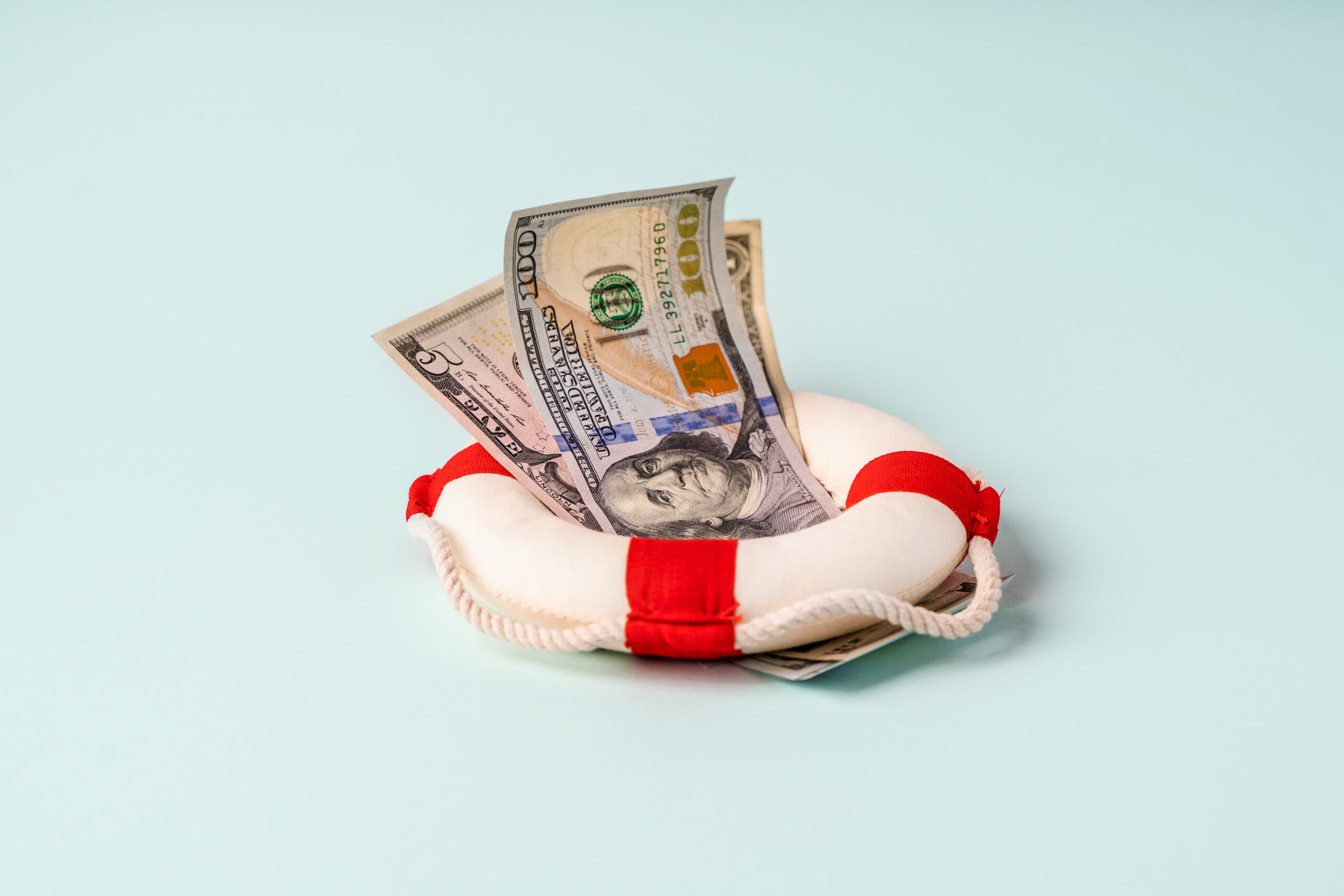How to Build an Emergency Fund on a Tight Budget
Updated: Nov 30, 2025
Life’s surprises can be easier to manage with an emergency fund in place. Check out simple ways to start building your financial safety net today, even if you’re on a tight budget.

Why You Need an Emergency Fund
An emergency fund is money set aside specifically for unexpected expenses, such as medical bills, car repairs, or job loss. It acts as a financial buffer, giving you the peace of mind that you can handle these emergencies without going into debt or struggling to make ends meet.
Without an emergency fund, a sudden expense could force you to rely on high-interest credit cards or loans, which can quickly spiral into unmanageable debt. Having a cushion of savings can prevent this and help you stay on track with your financial goals. Even if you’re living paycheck to paycheck, starting an emergency fund is one of the most important steps you can take to secure your financial future.
Step 1: Start Small and Be Consistent
When you’re on a tight budget, the idea of saving thousands of dollars for an emergency fund might seem impossible. The key is to start small and focus on consistency. Even setting aside just a few dollars each week can add up over time.
Begin by setting a small, achievable goal. For example, aim to save $500 as your first milestone. This amount can cover many common emergencies, such as a minor car repair or an unexpected medical bill. Once you reach that goal, you can work on building your fund to cover three to six months’ worth of living expenses.
To make saving easier, automate the process. Set up a recurring transfer from your checking account to your savings account on payday. This way, you’re paying yourself first and won’t be tempted to spend the money elsewhere. Many banks and apps allow you to set up automatic transfers, making it a hassle-free way to grow your savings.
Step 2: Cut Back on Non-Essentials
Building an emergency fund on a tight budget often means finding ways to cut back on non-essential expenses. Take a close look at your spending and identify areas where you can make small sacrifices. Every little bit you save can go directly into your emergency fund.
Start by tracking your spending for a month to see where your money is going. You might find that you’re spending more than you realized on things like dining out, entertainment, or subscription services. Consider cutting back on these expenses, at least temporarily, until you reach your savings goal.
For example, if you’re spending $20 a week on takeout, try cooking more meals at home and putting that $20 into your emergency fund instead. If you have multiple streaming subscriptions, consider canceling one or two and redirecting that money into savings. These small changes can make a big difference over time.
Step 3: Boost Your Income with Side Gigs
If cutting back on expenses isn’t enough, consider finding ways to boost your income with a side gig. The extra money you earn can go directly into your emergency fund, helping you reach your goal faster.
There are many ways to make extra money, even if you have limited time. For example, you could pick up a part-time job, do freelance work, or offer services like dog walking, babysitting, or tutoring. If you’re crafty, consider selling handmade items online or at local markets.
Online platforms like Fiverr, Upwork, and TaskRabbit make it easy to find gig work that fits your schedule. Even a few hours a week can add up to significant savings over time. The key is to dedicate this extra income to your emergency fund rather than spending it on non-essentials.
Step 4: Save Windfalls and Unexpected Money
Another effective way to build your emergency fund is to save any windfalls or unexpected money you receive. This could include tax refunds, bonuses, gifts, or even loose change you find in your pockets. Instead of spending this money, deposit it directly into your emergency fund.
Because this money isn’t part of your regular income, it’s easier to save without feeling the pinch. Over time, these windfalls can make a significant contribution to your emergency fund.
If you’re due for a tax refund, plan ahead and decide to save all or a portion of it. Similarly, if you receive a raise at work, consider saving the difference between your old and new salary. This way, you’re building your emergency fund without changing your lifestyle.
Step 5: Open a Separate Savings Account
Keeping your emergency fund in a separate savings account can help you avoid the temptation to dip into it for non-emergencies. Choose a high-yield savings account if possible, which will allow your money to grow faster with interest. While interest rates may be low, every little bit helps.
By keeping your emergency fund separate from your regular checking account, you’re less likely to spend the money impulsively. Many banks and credit unions offer savings accounts with no monthly fees, making them a good option for your emergency fund.
You might also consider using an online bank, which often offers higher interest rates than traditional banks. The extra step of transferring money from an online savings account to your checking account can also serve as a deterrent to spending your emergency savings on non-urgent expenses.
Step 6: Stay Motivated and Keep Building
Building an emergency fund on a tight budget requires discipline and patience, but the peace of mind it provides is worth the effort. To stay motivated, remind yourself of the importance of having a financial safety net. Track your progress and celebrate small milestones along the way.
Remember that an emergency fund is not a one-time goal. Once you reach your initial savings target, keep building. Life is full of surprises, and having a more substantial emergency fund can help you handle bigger challenges, like a job loss or major medical expense.
If you ever need to dip into your emergency fund, make it a priority to replenish it as soon as possible. Treat your emergency fund as a non-negotiable part of your financial plan, just like paying your rent or utilities.
Final Thoughts
Building an emergency fund on a tight budget might seem challenging, but it’s one of the most important things you can do to protect your financial health. By starting small, cutting back on non-essentials, boosting your income, and staying committed, you can build a safety net that will help you handle life’s unexpected expenses without stress.
No matter how small your contributions may seem, every dollar adds up. With time and consistency, you’ll be able to build an emergency fund that gives you peace of mind and financial security. Start today, and take control of your financial future.

